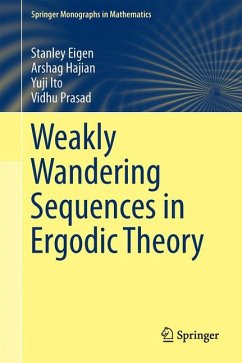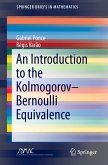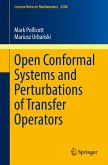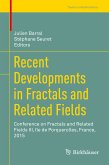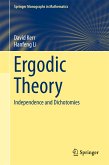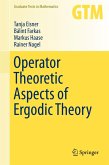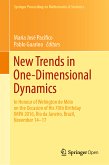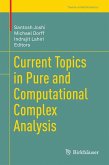This monograph studies in a systematic way the role of ww and related sequences in the classification of ergodic transformations preserving an infinite measure. Connections of these sequences to additive number theory and tilings of the integers are also discussed. The material presented is self-contained and accessible to graduate students. A basic knowledge of measure theory is adequate for the reader.
Dieser Download kann aus rechtlichen Gründen nur mit Rechnungsadresse in A, B, BG, CY, CZ, D, DK, EW, E, FIN, F, GR, HR, H, IRL, I, LT, L, LR, M, NL, PL, P, R, S, SLO, SK ausgeliefert werden.
"The subject of the book under review is ergodic theory with a stress on WW sequences. ... The book is interesting, well written and contains a lot of examples. It constitutes a valuable addition to the mathematical pedagogical literature." (Athanase Papadopoulos, zbMATH, 1328.37006, 2016)

